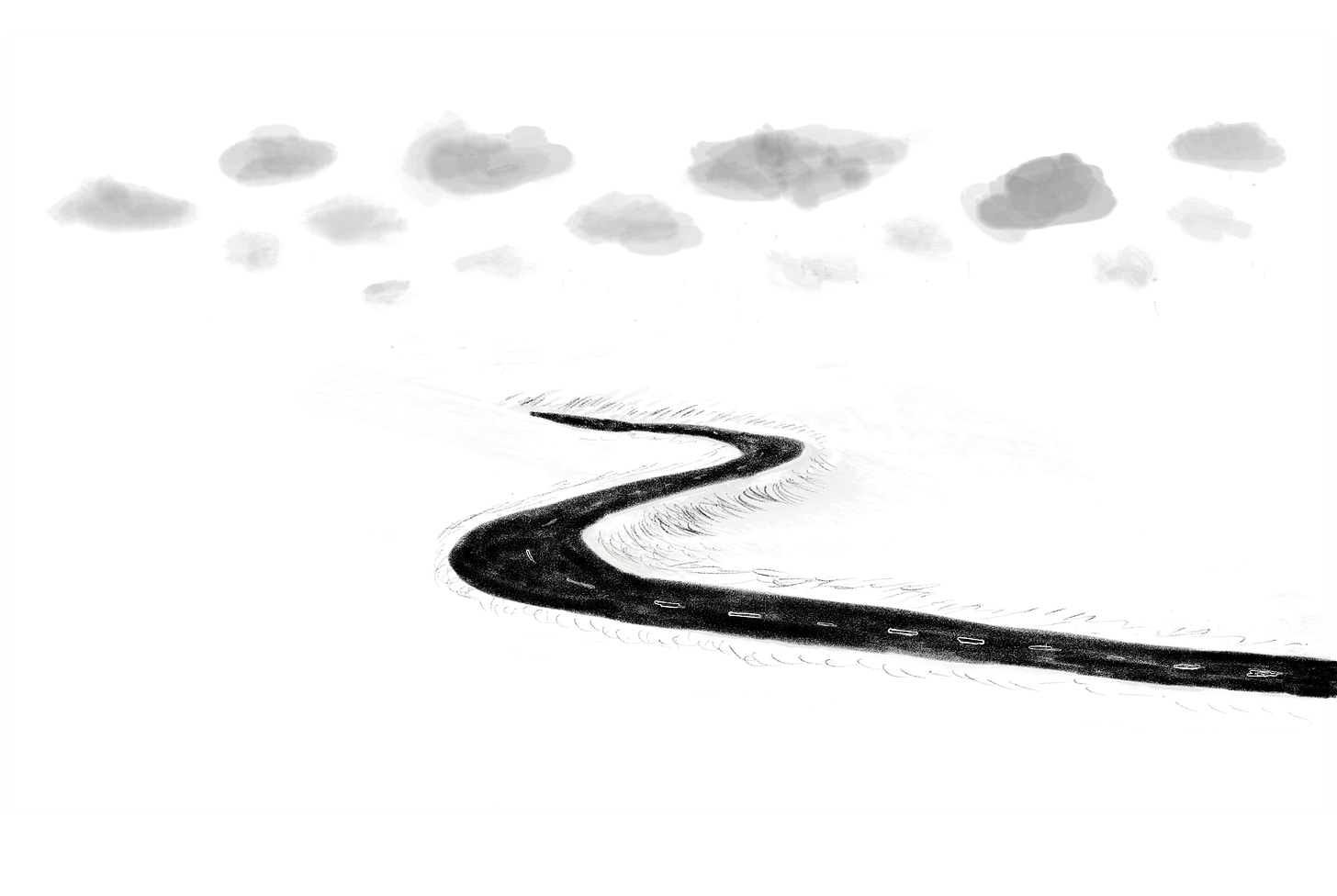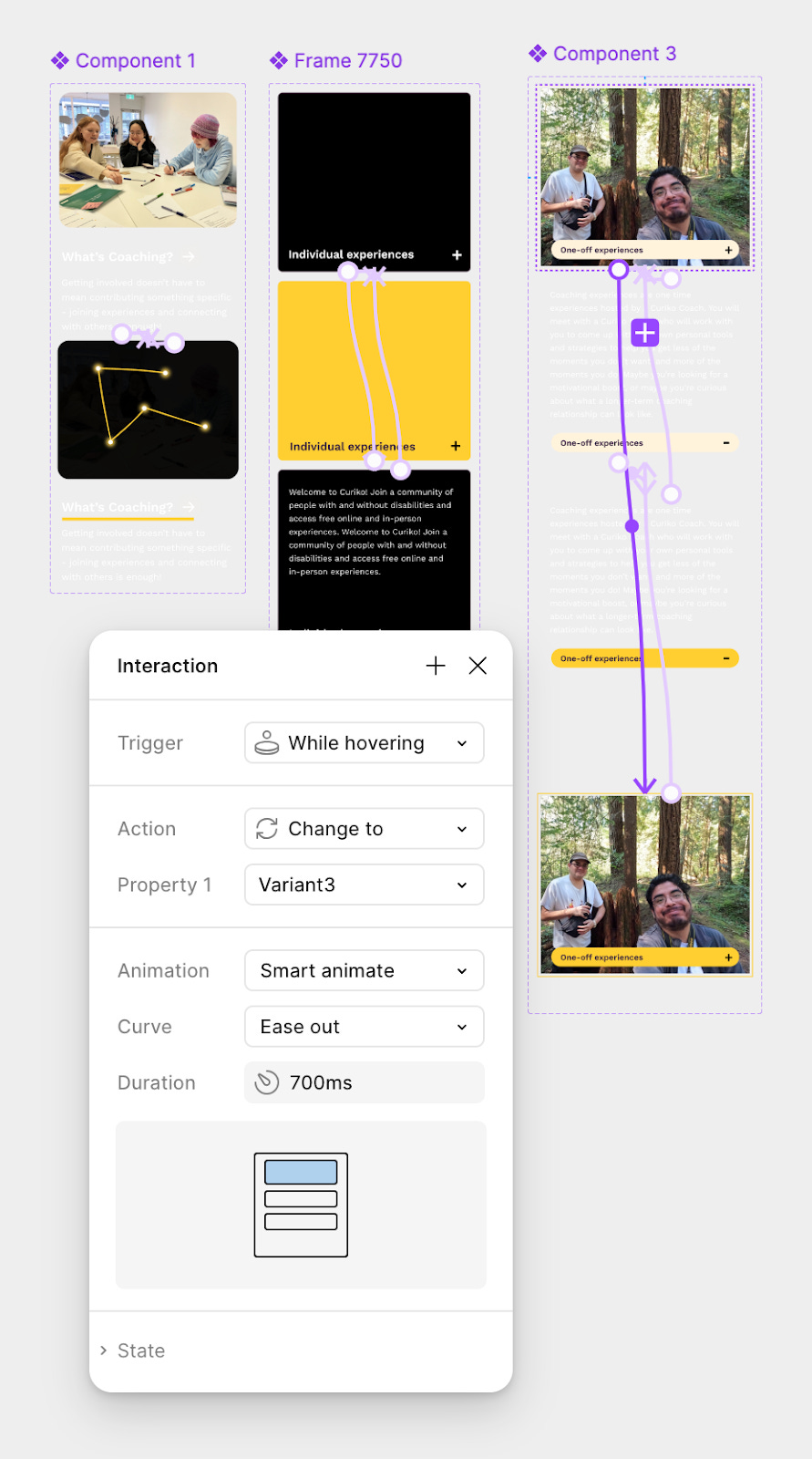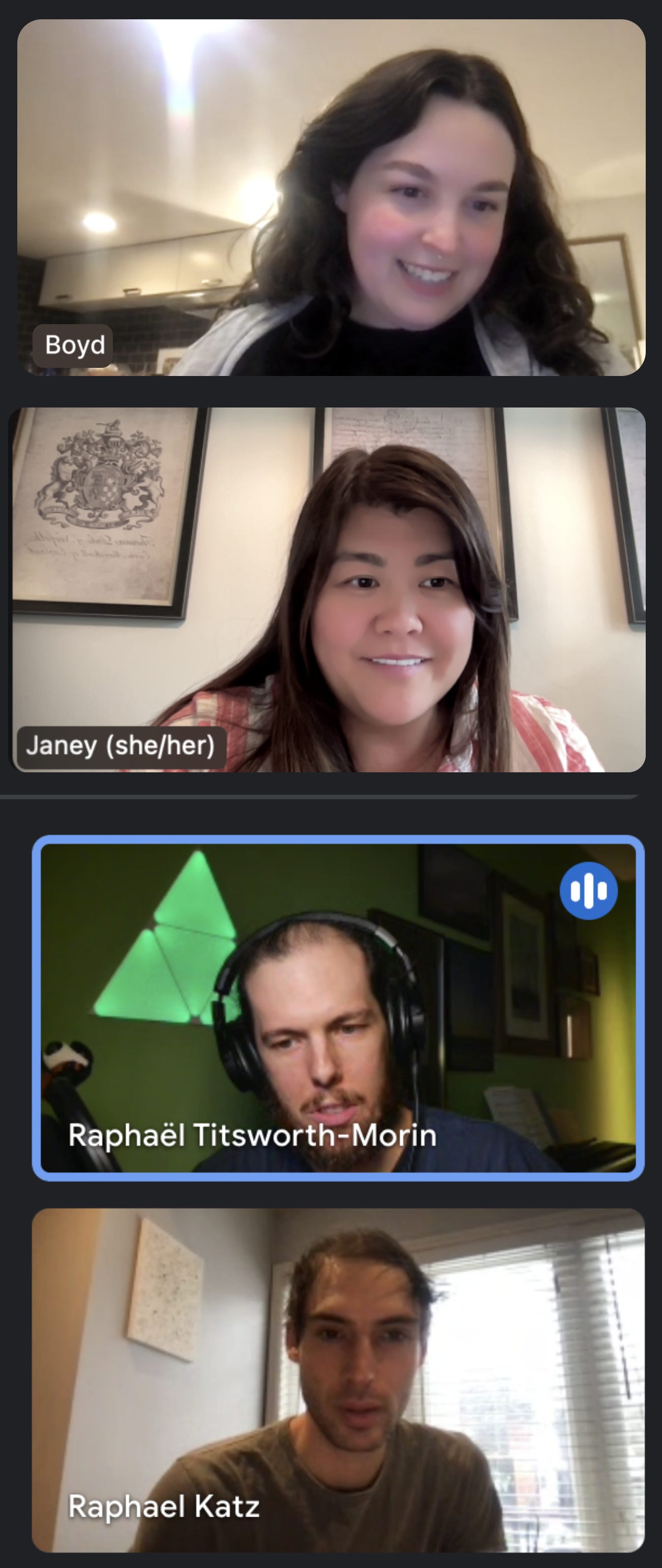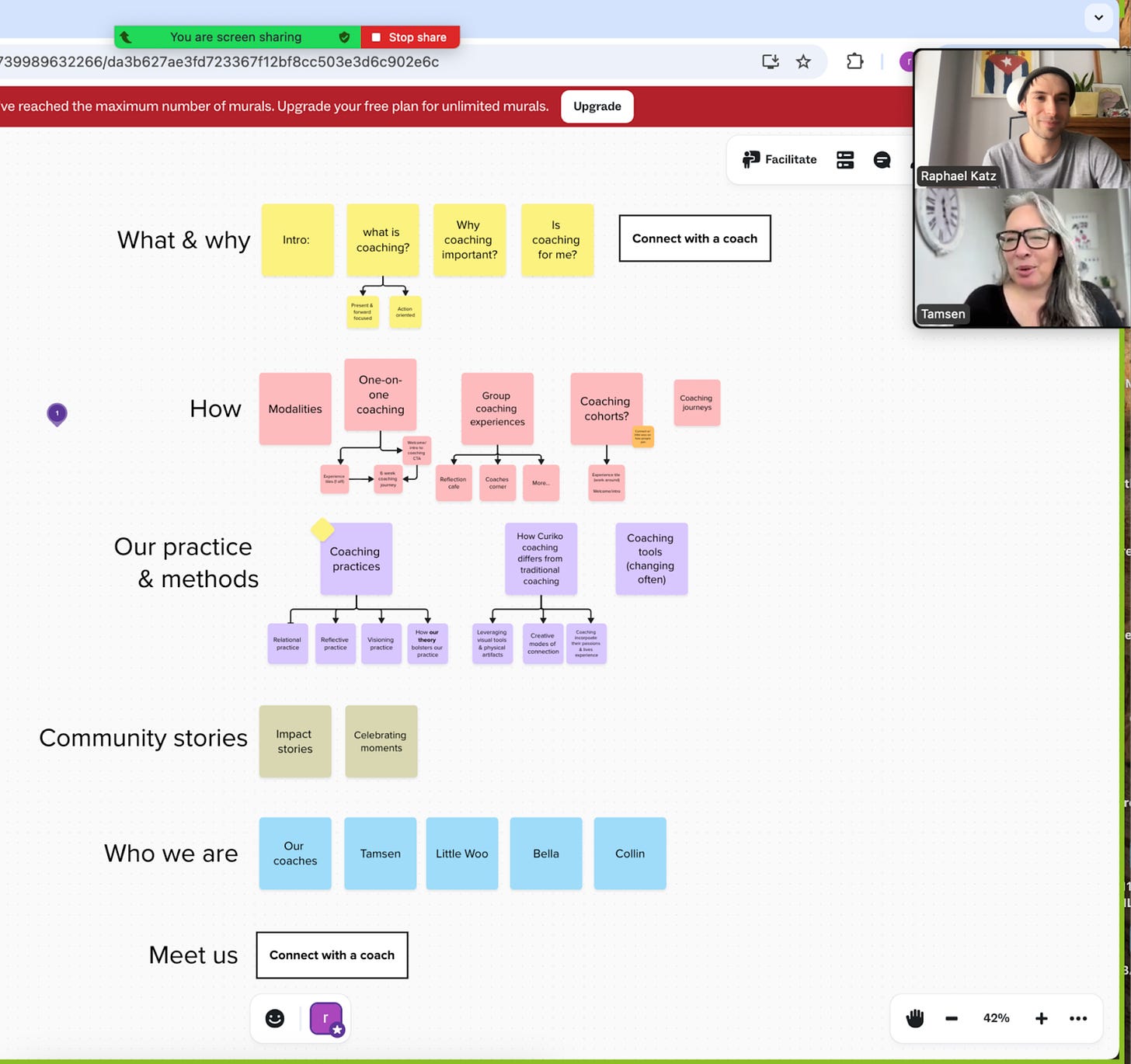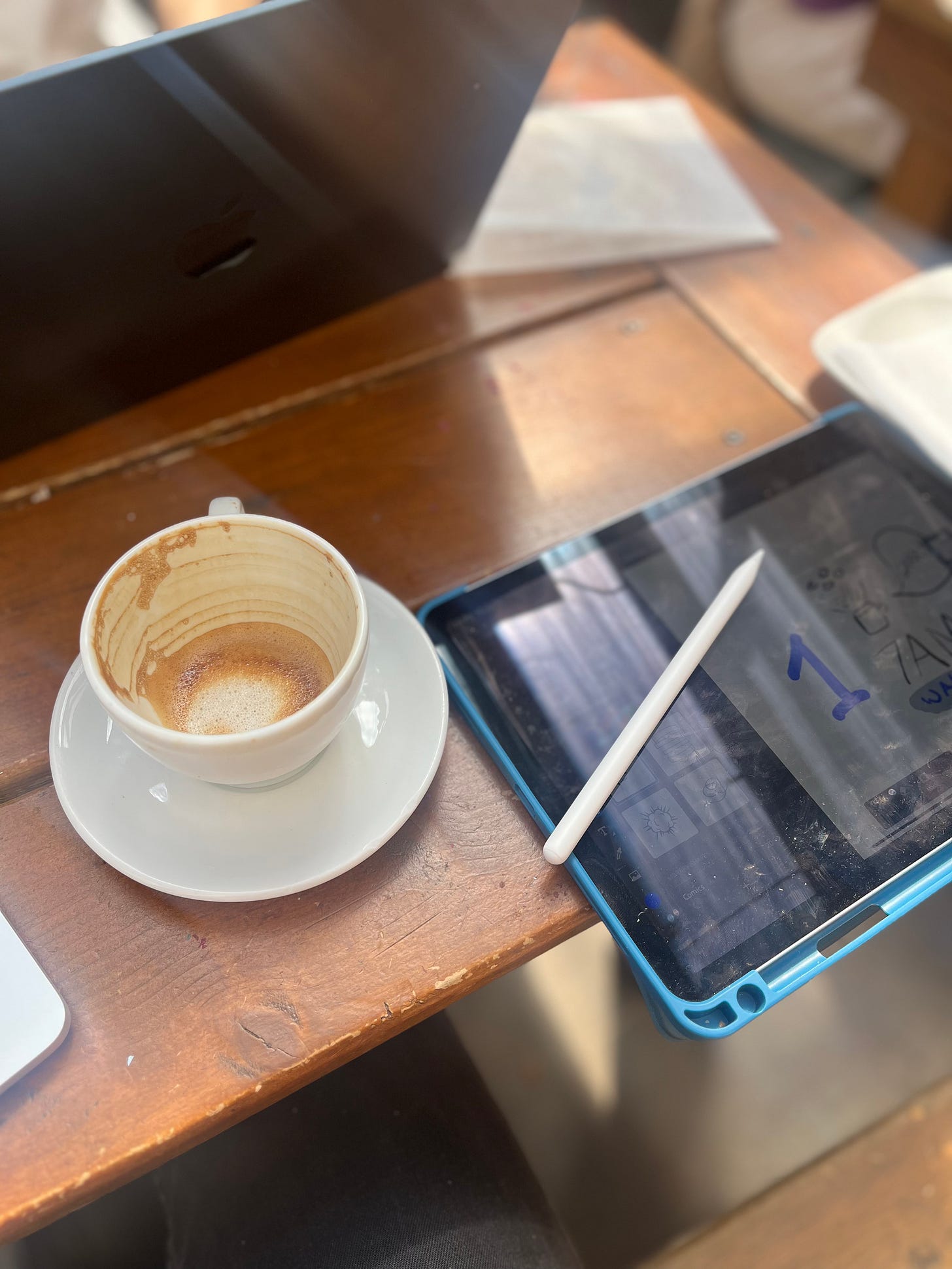A day in the life of an Interaction Designer
A quick journey through Figma, feedback, and flat tires...
I’ll never forget one of my first days in high school. On a crisp September day in Kitsilano, Vancouver, our entire eighth grade class of 275 pupils were asked to take a “job aptitude test.”


And so, the responses spit out my fate. I was destined to be either:
a) a comedian, or
b) a composer.
I liked music. And comedy. Though, both felt a little far fetched.
It was at this moment that I realized my future job might be hard to define. Leaning toward the Arts and abstract thinking, I knew I wasn’t going to be a geologist, optometrist, or any of the other “-ists” that fit neatly into pre-defined boxes. And so, I spent much of my teens pondering about what a life of a comedian might look like. Or even a comedy writer. I liked laughing with others. I liked writing.
...Spoiler: I didn’t end up being a Comedian.. Though, 22 years later, I’m still fascinated by comedy—and one particular practice continues to resonate deeply with mine—as a designer: testing, feedback, and co-design. Without audience laughter and participation, there is no set. The laughs shape the jokes, and the jokes shape the laughs. A good comedian doesn’t write for, they write with. It’s a delicate choreography. As I see it, the comedic career is one never ending user testing session…
Now, let’s map out my day…
Morning: Simulating a test drive
In both comedy and design, feedback is everything. A joke needs an audience; a design needs users. Like testing a new bit onstage, prototyping paves the way for more informed decisions—it reveals what lands. It’s not the final performance—it’s a test drive. The roads aren’t real, but the conditions are close enough to learn from.
Right now, I’m in the thick of redesigning the Coaching page for Curiko—a community platform that fosters connection and flourishing for people with and without disabilities. And currently, I’m just about at the stage where the page feels refined enough to get feedback, but not so polished that it becomes hard to back-peddle. The goal is to reflect Curiko Coaching as it is now—a team of Coaches helping community members reach goals on and off the platform. Like any evolving prototype, the Coaching practice keeps shifting. So, we accept that this page will reflect a “snapshot” in time.
My goal today is to prototype interactions for user testing. Using Figma, a collaborative design software, I spend some time creating “click” and “hover” interactions to help bring the content to life and make the page feel “real”. I use Figma’s prototyping tools to create different “states”—content that changes on hover, click, or drag. Not everything has to be perfectly interactive–I am testing some of the more novel elements and interactions to see how intuitive–and delightful–they feel. Nothing is “hard coded”, which means that the experience is more like a simulation rather than a test drive.
Before lunch: Taking the car for a spin
At the beginning of the month, we launched a new Home page for Curiko. This means that there are lots of bugs. Along with the momentum of a launch carries with it a sticky period where things don’t look or function quite as intended. We’re very much at this stage.
How to fix it? If we return to our driving analogy, I liken the process to taking a car for a spin. The Curiko team (myself included) starts the ignition, and cruises around in a variety of conditions. The car, in this case, is the Curiko website. We drive during the day and at night–we can think of this as testing different browsers. We drive in the rain, sleet, and snow–we can think of this as different devices. And we drive with our own sets of glasses and perspectives–this is our own unique view-point and experience.
Usually, there are two sets of things that we look for:
Bugs: To carry on with the car analogy: sometimes the engine fails or the lights won’t turn on. This, we call a bug. A bug means that something is broken or not working as intended. We might find that a page won’t load, or the date or time for an experience isn’t accurate.
Design tweaks: When we inspect the car, we might find that the paint colour isn’t what we wanted. Or we’d like to switch the size of the mirror. We’d call these adjustments “design tweaks”: things that aren’t necessarily broken, but could be enhanced. On Curiko, we might discover that an image is showing up blurry, not big enough, or the typeface isn’t quite right.
Today, I assembled a list of bugs and tweaks for the Home Page, on mobile and desktop, and shared them on Github for our developers to implement changes.
After lunch: Paving the road
Now we get to our weekly Curiko tech meeting. I think of this call as roadwork—smoothing the way for a better ride. Sometimes the road feels particularly rocky, other times it feels smooth.
After a feature launch, it can feel like driving through winding trails in a rainforest after a monsoon!
This week, we’re here once again to try to pave the road, rather than open up new pathways (that’s next section!). A few of us on the Curiko team gather to set tech priorities, review software integrations, and highlight any new bugs and design tweaks. I find these calls quite refreshing. They’re straight-forward, to the point, and often don’t raise any big, existential questions that our work often asks of us.
Afternoon: Carving new pathways
When a new feature is newly launched, it feels to me like a bumper car. You can test it, refine it, and drive it—though it has limitations (you can’t leave the lot!).
When a design project is being defined, it can feel to me like a roller coaster. You start. You stop. You stall. Then at any moment you might find yourself upside-down and unsure where you came from. What a thrill!
Earlier today, I was prototyping interactions on the Curiko Coaching page. Now I’m connecting with Tamsen, a Curiko coach, to better understand how we might frame the coaching practice, what the high-level journey is, and which pieces of information are most important. Conversations like this often send us back to the drawing board—to reimagine the page structure, and even revisit the interactions we were working on earlier. This is a delicate dance, where we often realize we have been driving in the wrong direction and have to make a sharp U-turn!
Ending the day: let’s park the car for a moment
When I feel lost, a good night’s sleep is most often reorienting. I finish my day with a cappuccino and chocolate chip cookie at Cafe Pamenar in Toronto’s Kensington Market. And as I explore new software (Adobe Fresco) for illustration, I find peace in knowing that while the conditions of the roads might be the same tomorrow, I’ll have a different perspective behind the wheel. The journey continues.



